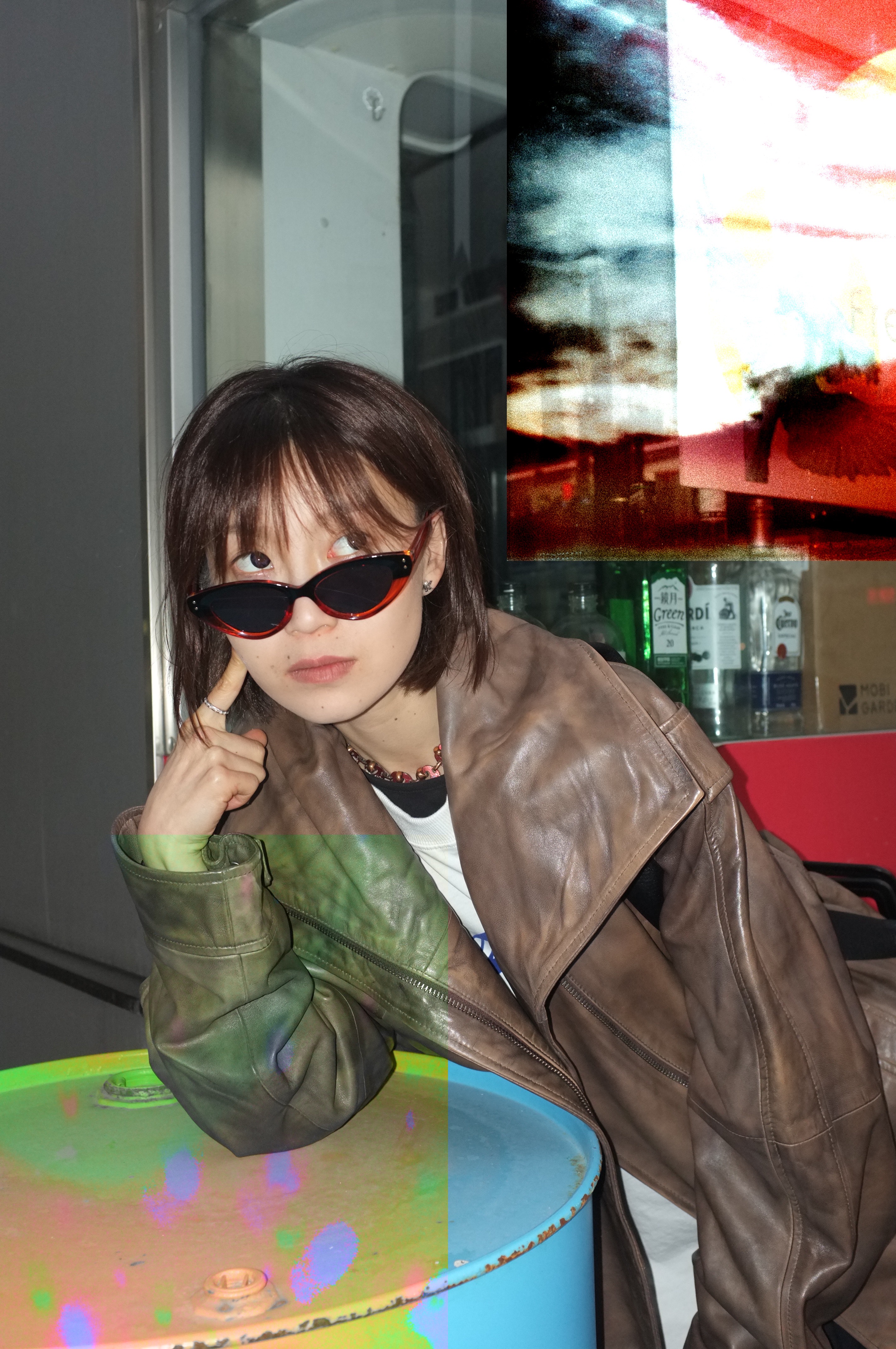1,652 reads
Alibaba’s Metaverse Art Exhibition is a Great Snapshot of China’s Current NFT Landscape
by
November 11th, 2021
Audio Presented by
About Author
sporadic writer covering the intersection of tech, business, and marketing
Comments
TOPICS
Related Stories
A Brief Overview of Alibaba
Feb 26, 2017
